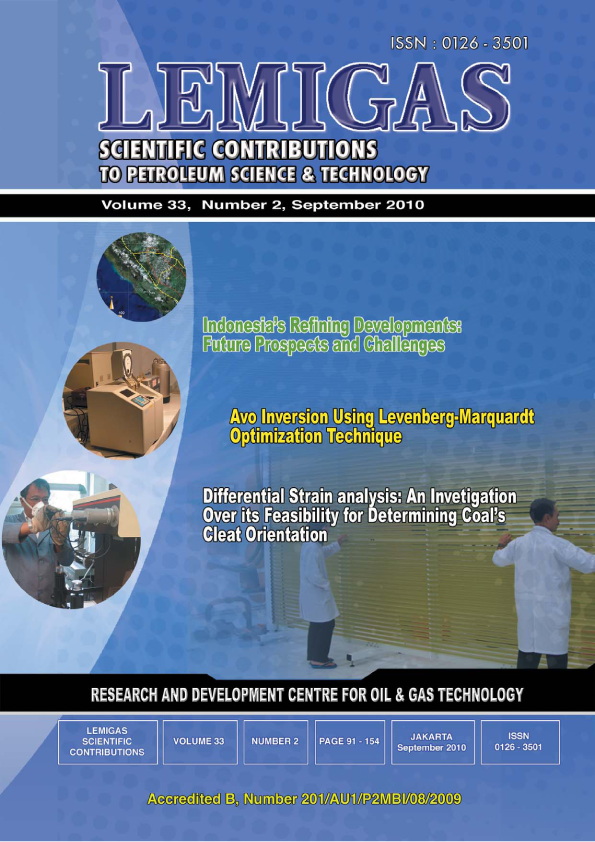Contribution Of Refinery Carbon Dioxide Emission To Global Warming
DOI:
https://doi.org/10.29017/SCOG.33.2.819Keywords:
global warming, refinery, CO2 emission, environmentAbstract
The energy sector, including petroleum refining, is likely to feature in any legislation aimed at reducing CO2 emissions. It seems that petroleum refinery contributes relatively small amount of CO2 emission compared to other sectors such as transportations. Recently, through presidential speech in Copenhagen, government of Indonesia has committed to reduce CO2 emission to 26 percent in the year of 2020. Many technologies can be used for reducing CO2 emission in refinery. These technologies include fuel replacement, gasification of heavy residue which leads to single point CO2 capture, and CO2 equestration. This paper tries to discuss how far CO2 emissions contributed by refinery and possible actions that can be managed on the refinery to significantly reduce CO2 emissionsReferences
Anonymous, 1992, Kyoto Protocol to The United
Nations Framework Convention on Climate
Change, United Nations.
Graham Phillips, 2002, Technology Manager Refining,
E. Hemisphere Foster Wheeler Energy
Limited, Reading, UK, Gasification V, Noordwijk,
Holland.
Spoor, R.M., 2008, Low Carbon Refinery, Dream
or Reality, Hydrocarbon Processing, pp.113-117.
MartÃn, J., Lumbreras, J., and RodrÃguez, E., 2003,
Testing Flare Emission Factors for Flaring in
Refineries, Technical University of Madrid
(UPM). Jose Gutierrez Abascal, 2. 28006.
MADRID. .
Amrmstrong, T. and Gardner, A. 1998, Amine
Treating, Refining Detailed Note Book, Today’s
Refinery, TPA Inc, Dallas, Texas, USA..
Burruss, R.C. and Brennan, S.T., 2003, Geologic
Sequestration of Carbon Dioxide, An Energy
Resource Perspective, Fact Sheet 26-03, U.S.
Geological Survey, U.S Departement of Interior,
U.S.A, URL: http://pubs.usgs.gov/fs/fs026-03/
index.html
Downloads
Issue
Section
License
Copyright (c) 1970 SCIENTIFIC CONTRIBUTIONS OIL AND GAS (SCOG)

This work is licensed under a Creative Commons Attribution 4.0 International License.
Authors are free to Share — copy and redistribute the material in any medium or format for any purpose, even commercially Adapt — remix, transform, and build upon the material for any purpose, even commercially.
The licensor cannot revoke these freedoms as long as you follow the license terms, under the following terms Attribution — You must give appropriate credit , provide a link to the license, and indicate if changes were made . You may do so in any reasonable manner, but not in any way that suggests the licensor endorses you or your use.
No additional restrictions — You may not apply legal terms or technological measures that legally restrict others from doing anything the license permits.














